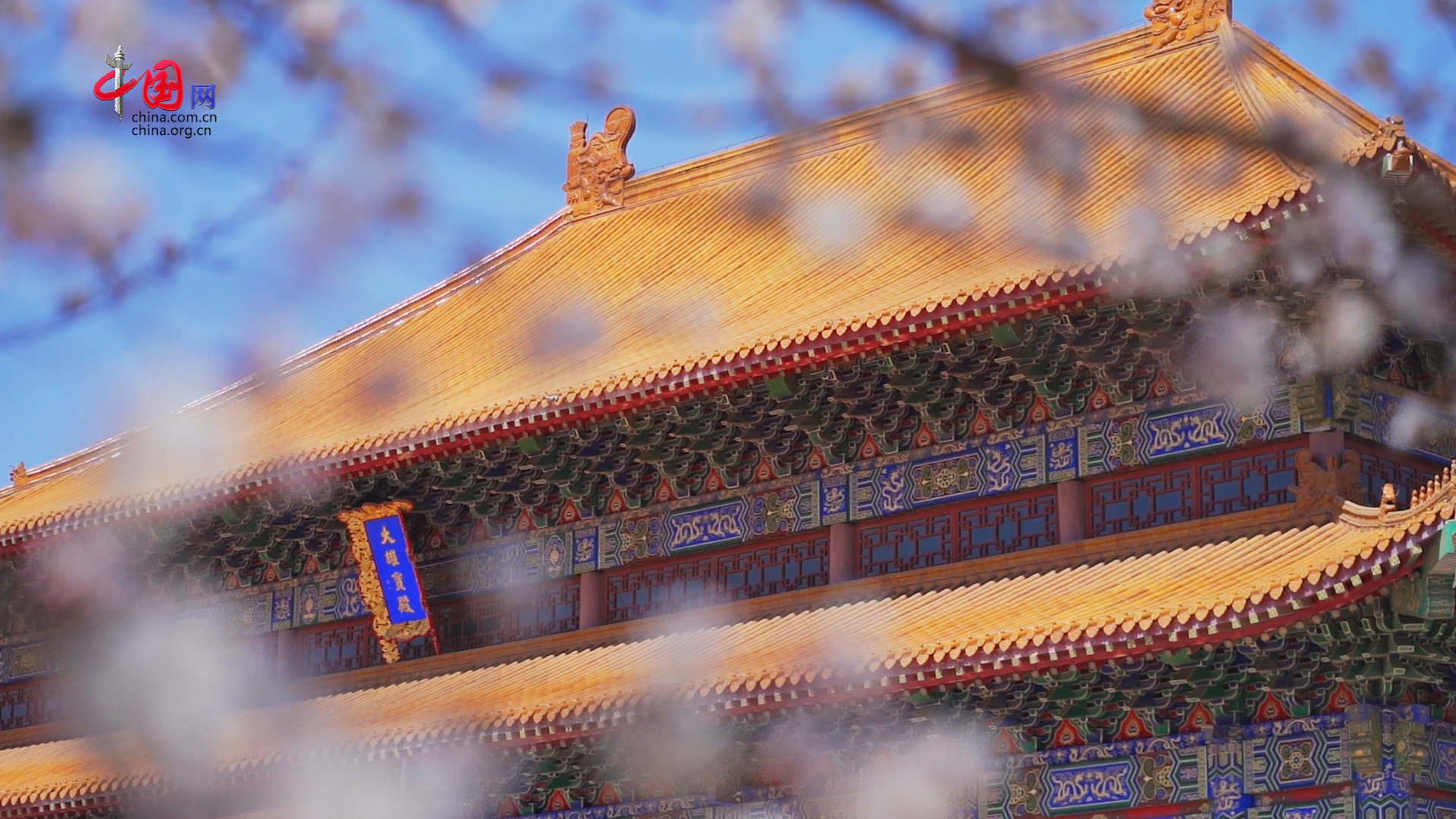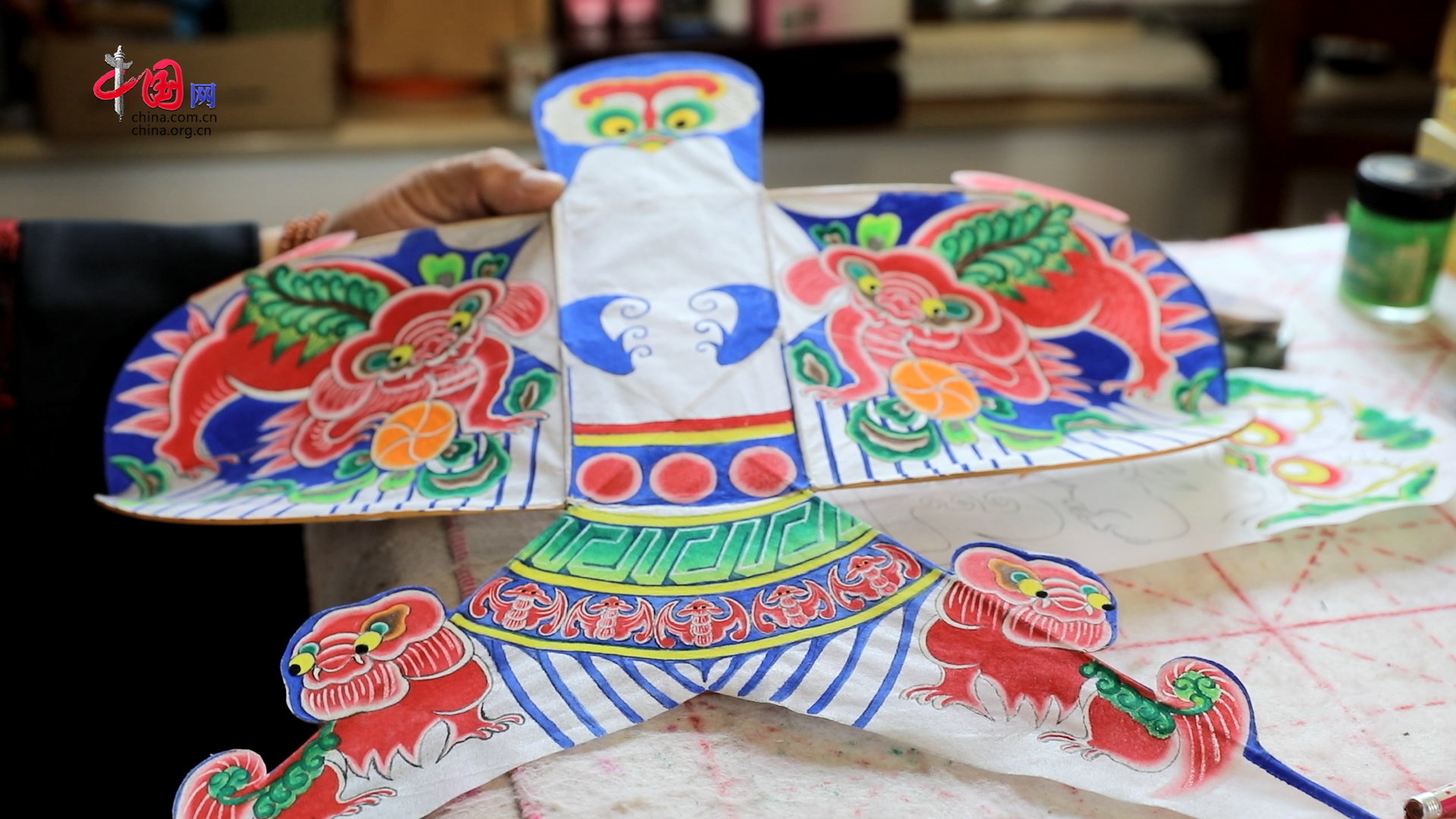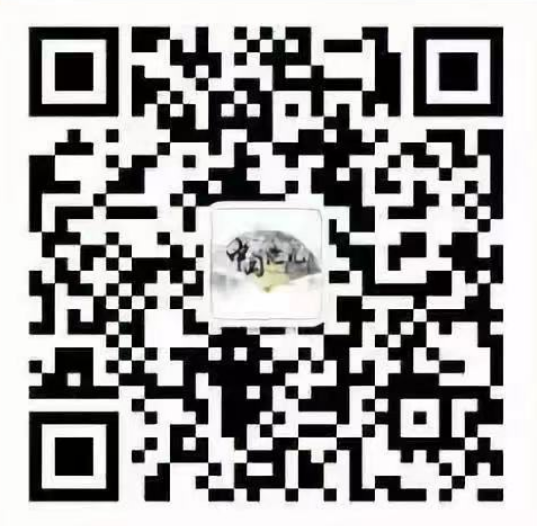扎燕風箏:肥燕?瘦燕? 爭奇鬥艷春之色
北京春天是什麼顏色?是春雨過後的碧空如洗,還是城墻邊探出新芽的嫩綠?答案是五顏六色。
What's the color of Beijing in spring? Is it the light blue of the sky shown after spring rain? Or is it the refreshing green of the buds by the city wall? Well, Beijing is colorful in spring.

每年清明前後,雨燕從遙遠的非洲南部飛抵北京還未落腳,一隻只被放飛的扎燕風箏競相與雨燕“共舞”, 這幅春日景象根植于老北京人的記憶中。
Every year around Clear and Bright (around April. 5th), Beijing swifts that migrated from southern Africa will arrive in Beijing, where they could find one after another swallow-shaped "zhayan" kite dancing with them in the sky. Such a typical picture of spring has been an old memory for people born in Beijing.
扎燕風箏也叫“沙燕風箏”,以燕子為造型,做工細膩、繪製精美,是北京最具代表性的風箏。“肥燕”代表成年男性,“瘦燕”代表成年女性,“雛燕”是小嬰兒燕,“比翼燕”比擬一對夫妻,這些擬人化的扎燕凸顯了北京特色且蘊含吉祥文化的寓意。
"Zhayan" kites are also called swallow kites because of their shape. These swallow-shaped kites are finely made and delicately painted, which are symbolic of Beijing kites. Among the "zhayan" kites, fat-swallow-shaped ones stand for male adults, while the slim-swallow-shaped ones stand for female adults; fledgling-shaped ones stand for babies, and the ones shaped like two swallows wing-to-wing represent a couple. These personified kites boast the characteristics of Beijing, reflecting a culture that highlights auspiciousness.

成語“金玉滿堂”,意思是形容財富極多,也形容學識豐富。這一款代表性“肥燕”風箏“金玉滿堂”如今成為了文化禮品,人們將風箏挂于家中,既增添了“非遺氣質”,又將吉祥帶到了家中。
"Jin Yu Man Tang (house full of gold and jade)," is a Chinese idiom used to describe wealthy life or knowledgeable people. This typical "fat swallow" kite is named "Jin Yu Man Tang". Now it has become a symbol of cultural connotation. People hang such kites as decoration in their home, bringing a touch of "cultural heritage," while expressing a wish for an auspicious life.
楊利平:“所謂的‘金玉滿堂’,是在風箏畫面上畫了一條大金魚,玉是借助荷葉的顏色,這樣湊起來‘金玉滿堂’,這也是一個肥燕。”
Yang Liping: On this "Jin Yu Man Tang," we can see a giant goldfish painted on the kite, and the jade is symbolized by the green color of the lotus leaves. That's how we had "gold (jin)" and "jade (yu)" and named the kite "Jin Yu Man Tang."

楊利平 國家級非遺項目扎燕風箏代表性傳承人
Yang Liping,A representative of national intangible cultural heritage “zhayan” kites (swallow-shaped kites)
風箏起源於中國,古時風箏不僅是娛樂健身的玩具,還曾被應用於軍事領域。北宋張擇端的《清明上河圖》有放風箏的生動景象;風箏也在清代曹雪芹所著的中國四大名著《紅樓夢》中頻繁出現,“大蝴蝶、大魚、美人風箏......”各式各樣的風箏,寄託了書中主人公的美好願望。
Kites originated in China. In ancient times, kites were not merely toys for fun or a sport for keeping fit; they were used in the military as well. In "Along the River During the Qing Ming Festival," a famous painting by the Northern Song Dynasty painter Zhang Zeduan (c.1085-1145), people were captured flying kites; In one of the four classic Chinese novels "Dream of the Red Chamber," its author Cao Xueqin mentioned kites repeatedly, like butterfly-shaped kites, fish-shaped kites, beauty-shaped kites, etc. These kites expressed the wishes of the heroes and heroines of the book.
曹雪芹先生把南方的風箏“鷂”和北方的風箏“鳶”結合起來,創製成了新造型的“扎燕”風箏。“扎燕”風箏集南方風箏和北方風箏的優點于一體,其特色是“上北下南”,因此“扎燕”風箏也叫做“南鷂北鳶”。
Combining the kites shaped and painted like "yao (sparrowhawk)" from southern China, and the kites like "yuan (glede)" from northern China, Cao Xueqin created a brand-new type of "zhayan" kites. "Zhayan" kites have the advantages of both the "yao" and "yuan" kites, boasting northern features on the upper half and southern features on the lower half. Consequently, "zhayan" kites are also called "nanyaobeiyuan," meaning southern sparrowhawk and northern glede.

如今,踏青、賞花、放風箏依舊是中國人重要的休閒內容,風箏作為載體,將人們對美好生活的憧憬,帶向藍天。
Nowadays, spring outings, flower-watching and kite-flying are still major activities of the Chinese people in their leisure time. The kites, carrying people's best wishes for life, fly high into the sky.










